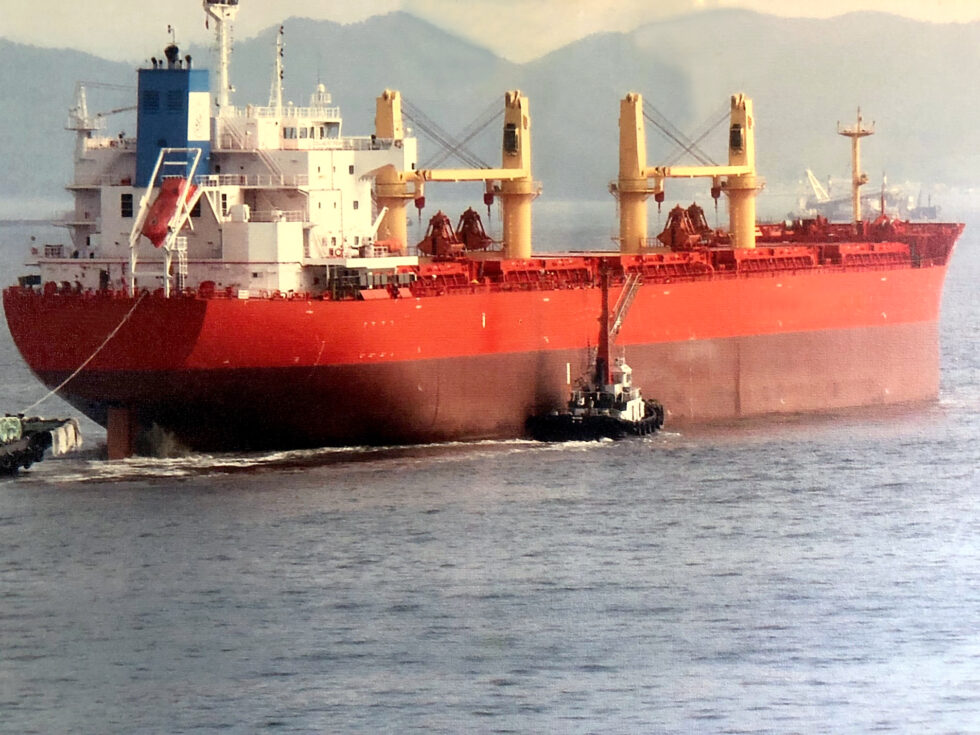
Fall from height - fatal accident onboard the Zealand Rotterdam
On Saturday 23 November 2019 at 16.40 hours, close to Mumbai, India, an able body seaman (AB) fell from a grab on one of the ship’s cranes on board the Dutch bulk carrier Zealand Rotterdam. The AB fell onto the main deck below, suffering fatal injuries. The accident took place at a sea anchorage.
While preparing to unload the cargo, the victim climbed onto a grab of one of the ship's cranes. When the AB on the grab was still working to release the lashing on the grab, the lifting block on the crane made a sudden swinging motion, colliding with the AB. The crew member then fell over backwards and landed on the deck below, on his head. During the investigation, it was not possible to determine with certainty the cause of the sudden swinging of the lifting block.
.
Carry out basic agreements even under time pressure
The investigation into the fatal accident on board the Zealand Rotterdam revealed that the ship manager in question made a number of choices that had a negative impact on safety on board the vessel. Due to these choices made, the safety of the crew on board the vessel was endangered. In practice, choices of this kind often have a favourable outcome. In this case, indirectly, they led to a fatal accident.
The accident was the result of a number of causes. Binding agreements embedded in the safety management system (SMS) were certainly not complied with in all cases. The basic rule on board any vessel is that all personal protective equipment (PPE) must be worn or used, if specified, and that all work must be discussed in advance in a toolbox meeting or during a Last Minute Risk Assessment. These rules were not complied with on board the vessel in question. Pressure of time may never be allowed to play a role with regard to these basic agreements.
In addition, a non-standard procedure was employed for attaching the grab to the crane. In assembling the crew, it should also have been clear that there was insufficient knowledge of a common language. Finally, it became clear that by replacing part of the old crew with a new inexperienced crew, there was insufficient ship-specific experience to ensure safe completion of the journey from Singapore to Mumbai, and the related work tasks.
Recommendations
The Dutch Safety Board issues the following recommendations to the ship manager Q-Shipping:
1. Even in cases where a vessel is completing its final journey for the ship manager, maintain a full experienced crew, and deploy any new crew members as supernumeraries, in a learning role, not as replacements for original crew members. In all cases, ensure a common working language in which all crew members can communicate with one another.
2. At all times, ensure sufficient time is available to take the specified measures per the Safety Management System (SMS) on board and to follow the procedures, also in situations where there is time pressure. For the development of procedures for high-risk activities, such as attaching a grab to a crane, follow the occupational hygiene strategy.
3. Ensure that supervision by the ship manager of vessels that do not regularly visit European ports is implemented effectively. This should take place irrespective of whether the supervision is provided from a Dutch or foreign office.
